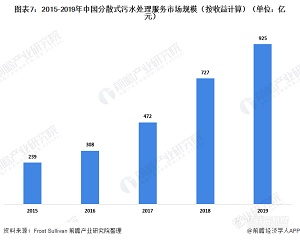EIDL Loan vs PPP: Which Small Business Relief Program is Right for You?
In the wake of the COVID-19 pandemic, many small businesses have faced unprecedented challenges, leading to the introduction of several relief programs to h……
In the wake of the COVID-19 pandemic, many small businesses have faced unprecedented challenges, leading to the introduction of several relief programs to help them stay afloat. Among these programs, the Economic Injury Disaster Loan (EIDL) and the Paycheck Protection Program (PPP) have gained significant attention. Understanding the differences between EIDL loan vs PPP is crucial for business owners seeking financial assistance.
The EIDL program, administered by the Small Business Administration (SBA), provides long-term loans to small businesses that have suffered substantial economic injury due to a disaster. The loans can be used for a variety of business expenses, including working capital, rent, and mortgage payments. One of the key features of the EIDL is its low-interest rate, which is currently set at 3.75% for small businesses and 2.75% for nonprofits. Additionally, the repayment term can extend up to 30 years, making it a manageable option for businesses looking to recover over time.

On the other hand, the PPP was designed to provide immediate relief to small businesses struggling to maintain their workforce during the pandemic. Unlike the EIDL, the PPP offers forgivable loans, meaning that if a business uses the funds for eligible expenses—such as payroll, rent, and utilities—those amounts can be forgiven. This feature has made the PPP particularly attractive to many business owners. The interest rate for PPP loans is also favorable, set at 1%, and the repayment term is typically two years for loans taken after June 5, 2020.
When comparing EIDL loan vs PPP, it’s essential to consider the eligibility criteria and application processes for each program. The EIDL is available to a broader range of businesses, including sole proprietors and independent contractors, and does not require the business to demonstrate that it has maintained its workforce. In contrast, the PPP specifically targets businesses that can show a decline in revenue due to the pandemic and emphasizes the importance of retaining employees.

Another important aspect to consider is the funding limits. The EIDL allows businesses to borrow up to $2 million, based on their economic injury and financial needs. In contrast, the PPP loan amount is determined by the business's average monthly payroll costs, with a maximum loan amount of $10 million. This difference can significantly impact which program is more suitable for a particular business.
Additionally, while both programs have been subject to changes and updates, it’s crucial for business owners to stay informed about the latest guidelines and deadlines. The PPP has undergone multiple rounds of funding, with various changes to eligibility and terms, while the EIDL program has also seen adjustments in response to ongoing economic conditions.

In conclusion, when evaluating EIDL loan vs PPP, business owners must consider their specific circumstances, including their financial needs, ability to maintain employees, and long-term recovery plans. Each program has its unique advantages and potential drawbacks, making it essential to weigh these factors carefully before applying. By understanding the distinctions between these two relief options, small business owners can make informed decisions that will help them navigate the challenges posed by the pandemic and emerge stronger on the other side.